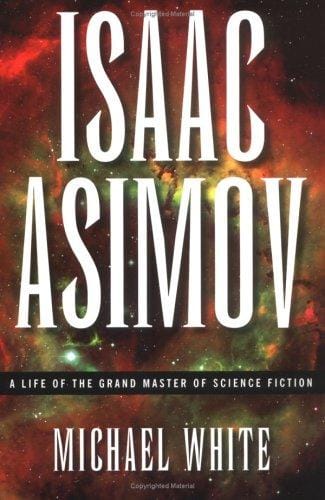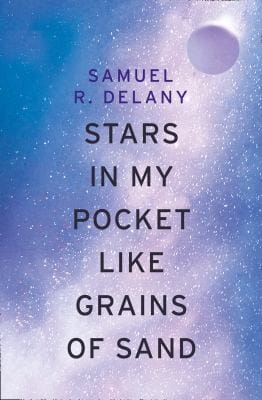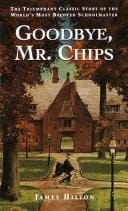Stranger in a Strange Land: Summary, Themes & Lasting Impact
Comprehensive 800-word guide to Robert A. Heinlein’s Stranger in a Strange Land, covering plot, characters, themes, cultural impact, and modern reading tips.

Introduction: Why "Stranger in a Strange Land" Still Turns Heads
More than sixty years after its release, Robert A. Heinlein’s groundbreaking science-fiction novel "Stranger in a Strange Land" continues to provoke conversation, ignite controversy, and inspire new generations of readers. By blending social satire, speculative theology, and counter-culture sensibilities, Heinlein created a story that feels uncannily contemporary. Whether you are a long-time fan revisiting Mars-born hero Valentine Michael Smith or a first-time visitor to his eccentric Earth, this guide will help you grok the essentials and appreciate why the book remains a pillar of modern genre fiction.
Brief Synopsis of Stranger in a Strange Land
The novel opens with a joint space mission to Mars that finds a lone human survivor: Valentine Michael Smith, the son of earlier astronauts who perished. Raised by Martians, Mike returns to Earth as an adult possessing vast psychic powers and a radically different worldview. As media, governments, and religious institutions scramble to claim him for their own agendas, nurse Jill Boardman helps Mike escape to the estate of Jubal Harshaw, a crusty yet compassionate lawyer-writer-doctor who becomes his protector. Under Jubal’s mentorship, Mike studies human society, inherits a fortune, and eventually founds the Church of All Worlds, a spiritual movement built on Martian philosophy of mutual understanding, water sharing, and the ultimate pursuit of “grokking” life in its fullness. The novel culminates in Mike’s martyrdom at the hands of a hostile crowd, echoing mythic and religious archetypes while leaving readers to ponder what humanity has truly learned.
Key Characters and Their Roles
Valentine Michael Smith
Mike is both protagonist and mirror, reflecting humanity’s absurdities while challenging our assumptions about sexuality, property, and religion. His innocence and near-divine powers allow Heinlein to pose the timeless question: what would a truly impartial outsider make of Earthly customs? Mike’s journey from naïveté to self-sacrificing spiritual leader drives the novel’s emotional core.
Jubal Harshaw and the Supporting Cast
Jubal, a polymathic curmudgeon, serves as the reader’s surrogate—skeptical, witty, and fiercely protective of personal liberty. Jill Boardman embodies compassion, guiding Mike through human intimacy. Secondary characters such as Ben Caxton, Duke, and Anne bring additional perspectives, illustrating how diverse individuals respond to revolutionary ideas.
Central Themes That Resonate Today
Religion and Spirituality: Heinlein questions organized faiths by contrasting them with Mike’s experiential Church of All Worlds, inviting discussions on dogma versus direct mystical insight.
Sexual Freedom and Polyamory: The novel celebrates consensual, non-monogamous relationships, decades before the mainstream would grapple with such concepts. Its frank treatment of body positivity and free love still feels daring.
Individualism vs. Conformity: Mike’s Martian-influenced perspective champions personal responsibility and self-actualization in the face of bureaucratic, media-driven groupthink, a dynamic that remains strikingly relevant in the age of social media.
Cultural Impact and Controversy
Upon publication in 1961, "Stranger in a Strange Land" swiftly became a lightning rod. It was the first science-fiction title to appear on The New York Times best-seller list and won the 1962 Hugo Award, yet it was also banned in some libraries for perceived blasphemy and explicit sexuality. During the 1960s counter-culture movement, the novel’s vocabulary—especially the verb "grok"—entered everyday speech, and real-world communes adopted Church of All Worlds as their banner. Critics laud Heinlein’s foresight in predicting megachurch culture, media spectacle, and political spin machines, while detractors decry what they see as gender stereotyping and libertarian sermonizing. The continued debate only cements the book’s status as a cultural touchstone.
How to Approach Reading the Novel in the 21st Century
Modern readers may find some language dated, yet the core questions remain fresh: How should society treat the outsider? Where do spirituality and individual freedom intersect? Approaching the text with historical context in mind—Cold War anxieties, emerging civil-rights movements, and the looming Space Race—enhances engagement. Consider pairing the book with contemporary works on intersectional feminism or comparative religion to balance Heinlein’s mid-century lens. Audiobook editions, complete with the author’s uncut text, offer another immersive route for busy readers.
Final Thoughts
"Stranger in a Strange Land" endures because it refuses easy answers, challenging us to reexamine the institutions we take for granted. By melding a gripping narrative with bold philosophical inquiry, Heinlein created more than a science-fiction classic; he crafted a perennial conversation starter. Whether you grok every nuance or simply enjoy the ride, the novel’s invitation to see humanity with Martian eyes is as potent today as it was in 1961.



